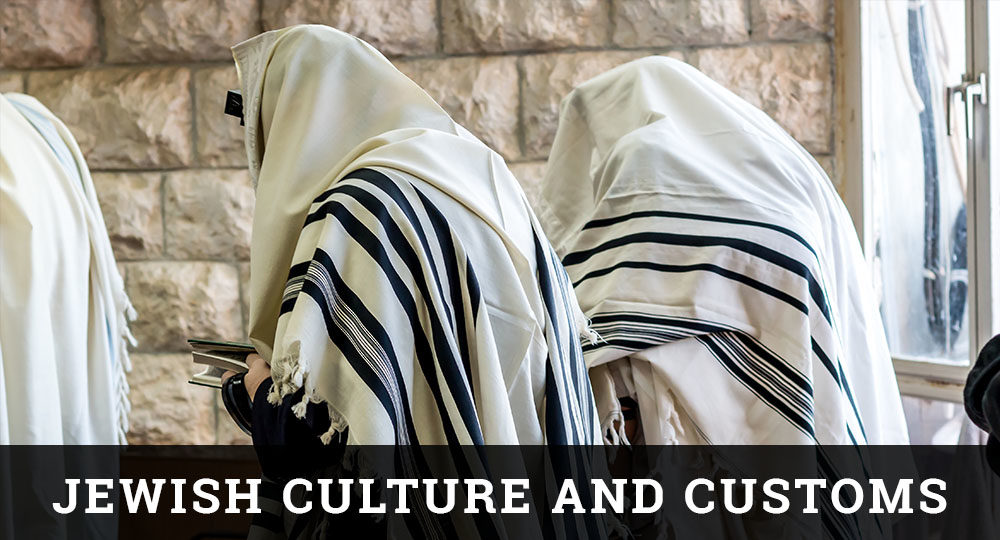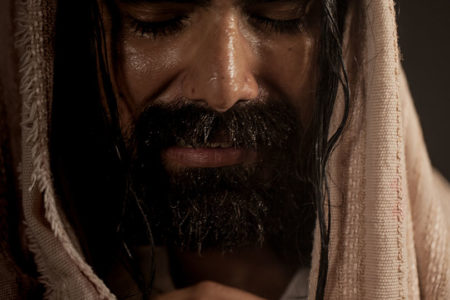People for a Land
You would think that such a want ad would yield few, if any, applicants. Yet just after the turn of the twentieth century, forty thousand Jewish people made aliya (immigration to Israel), knowing they had no more to gain than the promise of the fictitious ad above. Most of these brave adventurers were Eastern Europeans, descendants of the Diaspora, the Jewish community that has been scattered throughout the world since the Roman invasion of Jerusalem in A.D. 70.
What would compel entire families to make such a difficult move back to the land of their ancestors? What possible advantage could there be in going to a place that offered virtually nothing but backbreaking work?
First, these people sought peace. In oppressive, Czarist Russia in particular, the Jewish people were being murdered en masse in pogroms, the result of blatant anti-Semitism. Second, they sought independence. For centuries, Jews had been denied the privilege of owning land and were beholden to their Gentile landowners. Third, the time was right. The first Zionist Congress, held in Basle, Switzerland, in 1897, was energizing the Jewish people in the Diaspora with a Zionistic fervor that gave these idealistic pioneers the hope they needed to chase their dreams.
Although they tended toward socialistic ideas, they were still very much Jewish. Zionism’s goal was to “establish for the Jewish people a publicly and legally assured home in Palestine.”1 It was a movement that fueled real hope that someday a place would exist on this planet where being Jewish would not be a crime.
These young pioneers highly esteemed hard physical labor and considered it a blessing, not a burden, to reclaim the malaria-infested swamps and barren desert of Israel through the sweat of their brows. Working the sun-scorched soil of their ancestors with their own hands became a dream come true. Their immigration ushered in the dawn of a new movement. These are the tireless men and women who established the kibbutz (collective or communal community) forty years before the birth of the modern State of Israel.
From the beginning, the operating principle has been “from each according to his ability, to each according to his needs.”2
These communities even today are comprised of people who genuinely want to live there. They are free to leave whenever they wish, and they govern themselves through democratic rule. The membership meets regularly, affording opportunity to register opinions and/or grievances. All major decisions are made by the membership (chaverim), each person possessing one vote. The individual owns nothing; the kibbutz owns everything. The collective decides and provides for all individual needs. Cars, clothes, food, health care, education—every physical need is provided. The community exists for the benefit of its members.
The first kibbutzniks (individual members) faced an enormous task. The great majority had no agricultural experience and possessed few resources. They were pioneers in a land that had lain desolate for years and was subject to drought as well as to raids by nearby enemies.
It was as in the days of Nehemiah, that “half of my servants wrought in the work, and the other half of them held the spears, the shields, and the bows, and the coats of mail” (Neh. 4:16). Thus it was common for a kibbutznik to be working in the field with hoe or shovel and a rifle slung over his shoulder. Before 1948 and the War of Independence, kibbutzim were used to train Jews to defend themselves against terrorism, a constant intruder. Each member of each kibbutz has always understood the need to be completely self-sufficient. Since most kibbutzim were located near borders and served as defense fortifications, every kibbutznik knew that each conflict was a fight to protect not just the homeland but also his own home. It is not surprising, therefore, that a large percentage of Israel’s military officers have come from kibbutzim.
Kibbutzniks also take great pride in their country, and a number have become dedicated civil servants. David Ben-Gurion, the first prime minister of the State of Israel, was himself a kibbutznik. He returned to his kibbutz in the Negev after retiring from public life in 1963.
In addition to contributing to the defense of their country, kibbutzim have helped immigration. Many provide ulpan, a five-month, intensive Hebrew-language study course for new immigrants.
All responsibilities in kibbutz life are shared equally between men and women who hold jobs on a rotating basis, including supervisory positions. The kibbutz owns all the land, all the equipment, all the homes. Food also is produced on the kibbutz. Crops vary but include oranges, lemons, artichokes, bananas, dates, olives, apples, cotton, tomatoes, peanuts, and walnuts. Kibbutzniks also raise livestock, such as cows, chickens, turkey, and even fish. Today many kibbutzim sustain a variety of manufacturing facilities in light industry.
Meals are prepared by kibbutz members, most of whom dine in the community dining room. In the early years, children were reared in community nurseries, visiting their parents only once a week. In many kibbutzim today, this system has changed. Children sleep in the homes of their parents, often enjoying some of their meals together.
The first kibbutz, Degenyah (God’s wheat), was established in 1909. Its 750 acres are located on the southern tip of Lake Kinneret (Sea of Galilee). It began with just ten men and two women, and the average age was twenty. The land was purchased by an agency of the World Zionist Organization called The Jewish National Fund (JNF), or Keren Kayemet L’ Yisrael. This organization was founded for the purpose of purchasing land for the Jewish people. Its Hebrew name is derived from a talmudic dictum about good deeds, “the fruits of which a man enjoys in this world while the capital abides [ha-keren kayemet] for him in the world to come” (pe’ah 1:1).3
Before the land of Palestine had become the State of Israel, JNF purchased thousands of acres of land from absentee Arab owners who regarded it as useless. At first, land acquisition was JNF’s chief purpose. Once Israel became a nation, JNF shifted its purpose from acquiring land to developing it. Many people, including evangelical Christians, assist the JNF in forestation programs. The Friends of Israel Forest located outside Jerusalem has been established under the authority of the JNF. Millions of trees have been planted there. JNF also has been involved in irrigation projects, flood control, and establishing campgrounds and picnic facilities.
Today approximately 275 kibbutzim exist around the country. Yet many people are surprised to learn that only 120,000 or so kibbutzniks, or 2.3 percent of Israel’s population, actually live on a kibbutz. Most of today’s Israelis would say it is not a lifestyle they would choose. When young kibbutzniks return from their required time in the military service, they must choose whether to become members of the kibbutz or leave. Only about 40 percent stay.
Yet, despite their small numbers, kibbutzim produce a third of all Israeli agricultural products and nearly 10 percent of all goods manufactured in the country. Combined, these constitute 12 percent of the gross national product. Kibbutzim are key to the country’s ability to introduce young people to the land. Jewish youth groups, colleges, and synagogues send their young people to experience Israel through a kibbutz. Non-Jewish groups, including evangelical Christian ones, also use the kibbutz as a means to introduce their young people to the land. These young people often volunteer their labor in exchange for room and board. During their off-hours, they are able to tour the country. Many have enjoyed the kibbutz experience so much they have made aliya and moved to Israel permanently as a result of these programs.
Kibbutzim are organized according to their social and religious characters. There are four federations: (1) Union of Collective Settlement (Ihud ha-Kevuzot ve-ha-Kibbutzim), (2) The National Kibbutz Movement (Ha-Kibbutz ha-Arzi-ha-Za’ir), (3) United Kibbutz Movement (Ha-Kibbutz ha-Me’uhad), and (4) The Religious Kibbutz (Ha-Kibbuz ha-Dati). These groups pool their resources and work together to accomplish mutually agreed-on goals.
Another type of community village found in Israel is called the moshav, begun as a compromise between a family-owned farm or business and a kibbutz. The first two moshavim were founded in 1921 by families who liked the kibbutz concept but wanted to keep the family together. The moshav became a viable alternative for some of the newer immigrants who felt threatened by the way kibbutz communities function. On moshavim, families pool their resources and cooperate in producing goods or crops, then distribute the profits among themselves.
Nearly ninety years have passed since the founding of the first kibbutz. If you lived on a kibbutz, you would probably say, “It is not an ideal society, but a society of ideals,”4 a place that offers security while demanding loyalty and diligence. Most would agree that it has proved to be a stable and reliable institution that has given kibbutzniks a family atmosphere and the satisfaction of knowing they have worked for the good of their country and their people.







